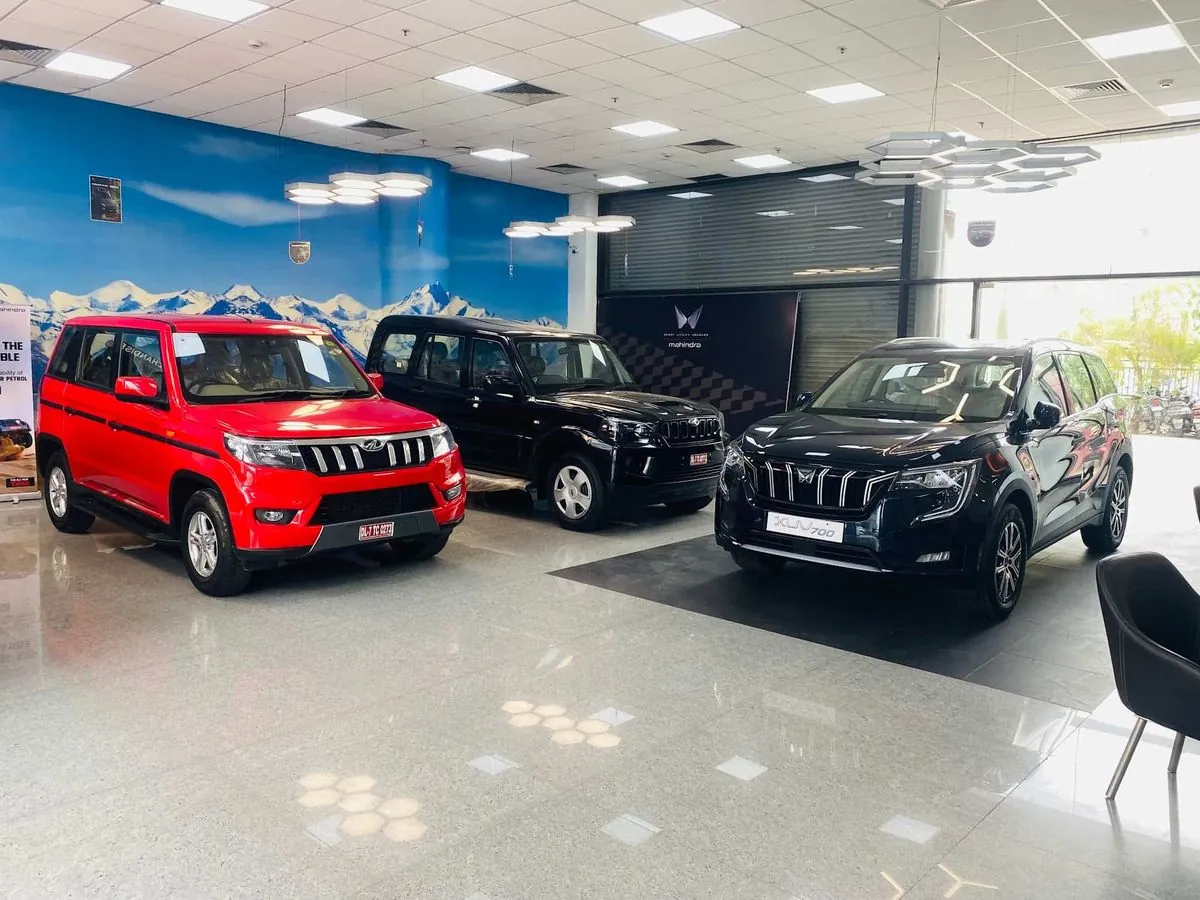In India, the world's third-largest automobile market, auto dealers are facing significant challenges as they navigate record inventory levels and the prospect of deeper discounts. This situation is unfolding against the backdrop of uncertain consumer spending patterns and the approaching festive season.
Manish Raj Singhania, president of the Federation of Automobile Dealers Associations, expressed concern about the current state of affairs. He noted that inventory levels have reached an unprecedented 70-75 days in August 2023, with unsold cars valued at a staggering 778 billion rupees ($9.27 billion). This surplus inventory is putting pressure on dealers to offer even higher discounts, directly impacting their profit margins.
The automotive sector, which contributes 7% to India's GDP, is experiencing a downturn in sales. Dealerships reported a 4.5% decline in car sales in August 2023, marking the third drop in the current financial year that began in April. This slump contrasts sharply with overall consumer spending, which hit a seven-quarter high in the April-June period of 2023.
Several factors have contributed to this situation:
- Heatwaves during summer months
- Heavy rains in various parts of the country
- Consumers deferring purchases in anticipation of bigger discounts
The top three carmakers in India - Maruti Suzuki, Hyundai, and Tata Motors - have all reported declines in sales to both dealers and customers. Maruti Suzuki saw an 8.5% drop, Hyundai experienced a 12.9% decline, and Tata Motors reported a 2.7% decrease in sales to customers.
Dealers are particularly struggling with older models, including some SUVs, while newly launched models continue to sell steadily. Singhania emphasized the need for manufacturers to adjust their production and reduce sales to dealers to align with actual retail demand.
"Manufacturers must make efforts reduce sales to dealers and not bill more than what is retailing"
Looking ahead, dealers are pinning their hopes on the upcoming Navratri and Deepavali festive seasons in October 2023. Traditionally, these festivals are associated with increased consumer spending and big-ticket purchases. However, the current inventory situation poses a significant challenge.
It's worth noting that despite these short-term challenges, India's automotive sector has ambitious long-term goals. The industry is expected to reach $300 billion in annual revenue by 2026, and the government has set targets for increased electric vehicle adoption by 2030. These objectives, coupled with India's growing middle class and the country's position as a global hub for auto component sourcing, suggest potential for future growth despite current difficulties.
As the festive season approaches, all eyes will be on whether consumer sentiment aligns with the hopes of auto dealers, potentially providing a much-needed boost to the industry.
